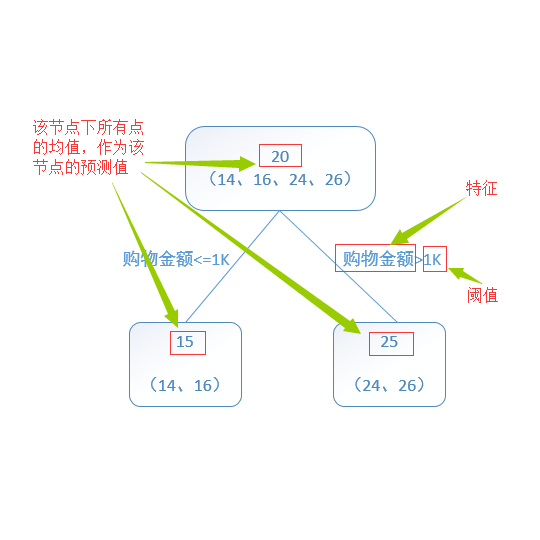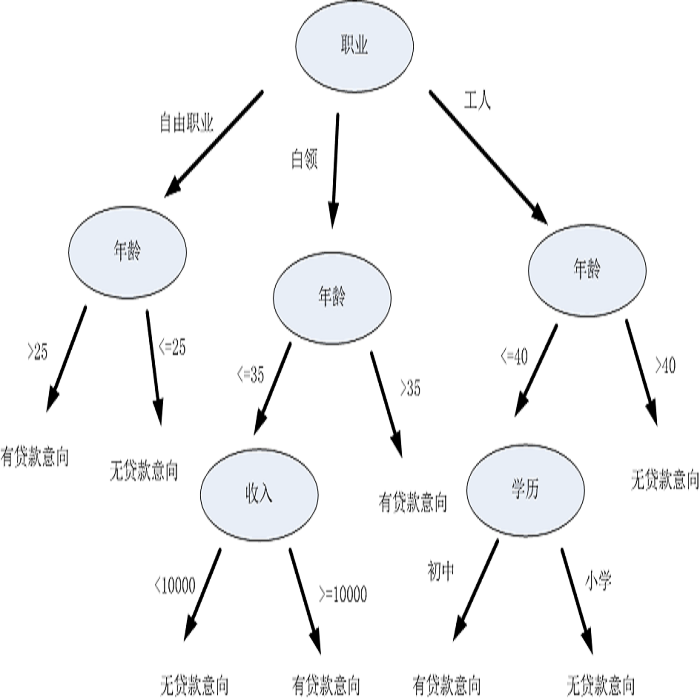Learning-to-rank, a machine learning technique widely used in information retrieval, has recently been applied to the problem of ligand-based virtual screening, to accelerate the early stages of new drug development. Ranking prediction models learn based on ordinal relationships, making them suitable for integrating assay data from various environments. Existing studies of rank prediction in compound screening have generally used a learning-to-rank method called RankSVM. However, they have not been compared with or validated against the gradient boosting decision tree (GBDT)-based learning-to-rank methods that have gained popularity recently. Furthermore, although the ranking metric called Normalized Discounted Cumulative Gain (NDCG) is widely used in information retrieval, it only determines whether the predictions are better than those of other models. In other words, NDCG is incapable of recognizing when a prediction model produces worse than random results. Nevertheless, NDCG is still used in the performance evaluation of compound screening using learning-to-rank. This study used the GBDT model with ranking loss functions, called lambdarank and lambdaloss, for ligand-based virtual screening; results were compared with existing RankSVM methods and GBDT models using regression. We also proposed a new ranking metric, Normalized Enrichment Discounted Cumulative Gain (NEDCG), which aims to properly evaluate the goodness of ranking predictions. Results showed that the GBDT model with learning-to-rank outperformed existing regression methods using GBDT and RankSVM on diverse datasets. Moreover, NEDCG showed that predictions by regression were comparable to random predictions in multi-assay, multi-family datasets, demonstrating its usefulness for a more direct assessment of compound screening performance.
翻译:在信息检索中广泛使用的一种机械学习技术,即从学习到学习,在信息检索中广泛使用的一种机械学习技术,最近被应用于拉链和基于基础的虚拟筛选问题,以加速新的药物开发的早期阶段。将预测模型排列为根据正统关系学习,使其适合于整合不同环境的检验数据。在复合筛选中现有的等级预测研究通常使用一种叫RankSVM的从学习到层次的方法。然而,在使用学习到等级的复合筛选业绩评价中,没有使用或验证这些方法。此外,尽管在信息检索中广泛使用称为“正常分散累积增益”的等级指标,但仅确定预测是否优于其他模型的正统关系,使其适合将分析结果纳入不同环境。 尽管如此,NDCG在使用学习到等级的复合筛选业绩评价中仍然使用这种方法。 这项研究使用了以损失排序、称为“羊头和羊背值”的OrbDT,用于基于平级的虚拟筛选,结果与现有的S-DG的不断升级的升级相比,我们用现有的数据-DB的不断更新的成绩评估方法展示。





